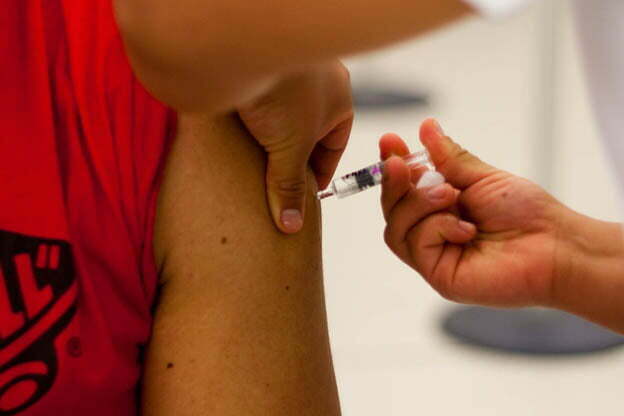Sexual Health
Sexually Transmitted Infections Among The Sexually Inactive?
As both abstinence-only and comprehensive sexuality education programs note, the absolute, 100 percent effective way to prevent unintended pregnancies and the spread of sexually transmitted infections (STIs) is to abstain from sexual activity. They differ, of course on almost everything else, including the emphasis on using contraceptives, including condoms, if you are sexually active and the importance of masturbation — both found in comprehensive sex ed, but not abstinence-only. Interestingly, a new study has found that a sizable number of young adults who tested positive for an STI report being sexually inactive in the past year.
The Study
In a recent study published in the journal Pediatrics, Dr. Ralph J. DiClemente and his colleagues used data from the National Longitudinal Study of Adolescent Health (“Add Health”) to examine the relationship between self-reported sexual activity and tests for chlamydia, gonorrhea, and trichomoniasis. In their sample of over 14,000 20-26 year olds, they found that the majority (80 percent) reported having had at least one sexual partner in the past year.
Of the entire sample, 6 percent tested positive through urine tests for at least one of these three STIs. Women were 36 percent more likely to test positive than men, and racial and ethnic minorities were more likely to test positive than whites. These gender and racial/ethnic differences, as I have noted in an earlier post, reflect inequality on the basis of gender and race, which are in turn reflected in disparities in health. Interestingly, 11 percent of those who tested positive for an STI reported no sexual partners in the past year, including 6 percent who reported no sexual partners in their lifetime.
Are They Lying?
While some of the youth in this survey may actually be lying about their sexual histories, a number of other factors also explain why we see a discrepancy between self-reported sexual behavior and incidence of STIs. First, this study only asked about penile-vaginal sexual intercourse, thus it is possible that some participants were truthful in saying they had no such sexual partners, but had one more sexual partners for other activities (e.g., oral sex, anal sex). Certainly, a focus just on penile-vaginal activity largely overlooks the sexual activities of lesbian, gay, and bisexual individuals.
In addition, as researchers have noted, some of these participants may not consider other forms of sex as “sex,” and, thus again, they are truthful in their responses according to this logic (e.g., “oral sex doesn’t count”). Finally, the researchers note that the use of urine tests to assess the presence of STIs are not full-proof measures. No matter the reason, however, these findings point to the need to acknowledge that, for a small proportion of youth, one’s behavior and reports are not consistent.









